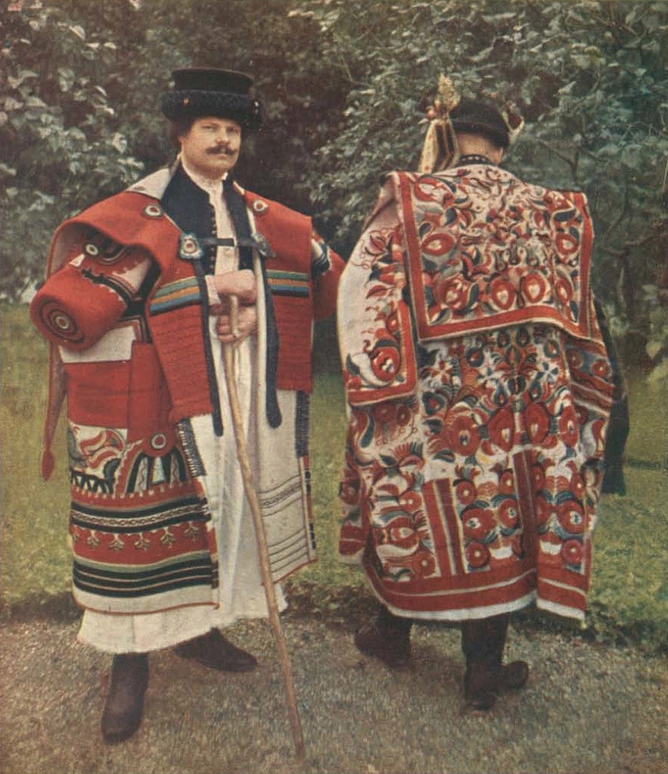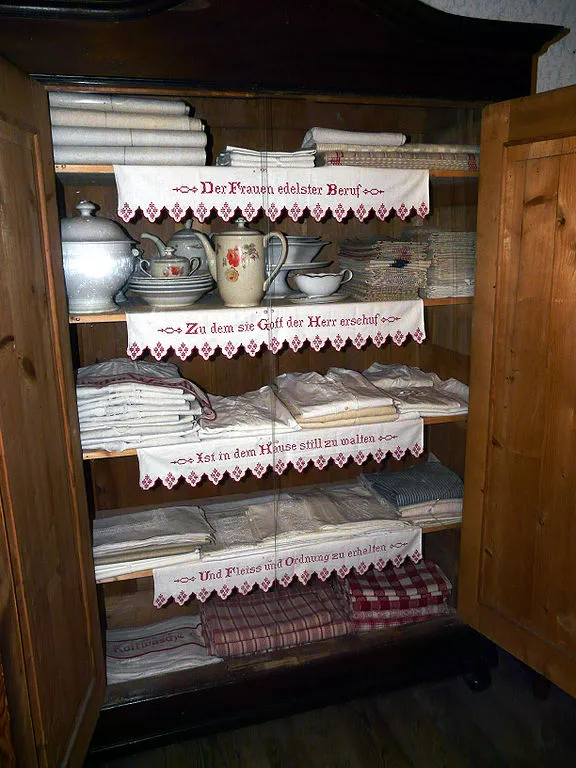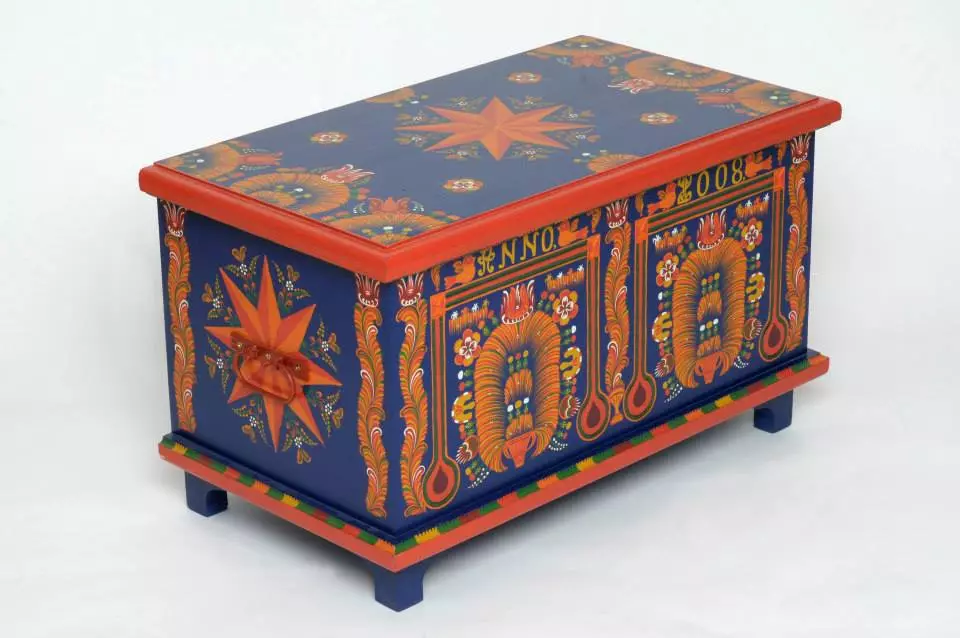Have you heard about these Hungarian wedding traditions?

Weddings are events where you can truly learn about the traditions, habits and rites of a nation because they are centered around them.
The Hungarian wedding culture looks back on a rich history, so we thought we would collect some traditions that characterised weddings back in the day. Of course, these traditions could be slightly different around the country depending on the region or the partaking families.
According to Mrsale, one difference between the wedding of old times and today is that while modern weddings are typically held during spring or summer, back in the old days they rather chose the Hungarian carnival season, when there was not much work on the lands.
One of the most important people besides the bride and groom was the vőfély, similar to a best-man, who was typically a friend or relative of the groom’s family. He was the master of ceremonies throughout the wedding.
It is important to mention that wedding celebrations lasted for three days and the church ceremony was an essential part; civil weddings only became popular after the socialist era.
1. Traditional marriage proposal
According to the tradition, the man had to visit the house of the girl he wanted to marry, place a piece of clothing called szűr – which is a decorated jacket of sorts – on the fence and then walk a couple of circles around the house. If the szűr was taken inside by the time he arrived back to the fence, then the man would go in and ask for the girl’s hand from the father and then they would agree on the dowry.

Source: Wikimedia Commons / Magyar Iparművészet.
2. Asking for the bride
Back in the old days, the vőfély would go to the house of the bride and ask for her on behalf of the groom and thank the family for raising the bride, magyarországom writes.
However, they also liked fortune telling in the old days. The friends of the groom would visit the bride’s house the night before the wedding with a rooster. The family of the bride would offer them an old hen, then a baby chick and lastly a young hen. The men should turn down the first two offers and only accept the last one. If the rooster and the young hen got along favourably, it meant good fortune and many children.
3. Jegyajándék
Based on this tradition, men would give a handmade or bought kerchief, comb, ring or gingerbread to the girl they were in love with. Free choice marriages were rare, usually, it was a matter of arrangement, so even men whose love was not reciprocated could give gifts to young unmarried women.

4. The kelengye
The wardrobe containing the girl’s kelengye or dowry was shown to the groom and his family. The dowry mainly meant lace or embroidered pieces of decorative cloths, curtains, sheets and clothing.
The bride received the iconic tulipános láda (a cupboard decorated with tulip motifs), which she would put the dowry into, Mrsale wrote.

5. Kalács instead of cake
Traditionally, in Hungarian weddings, the newlyweds would break kalács (braided bread) instead of slicing a cake and the kalács would often be consecrated beforehand. The couple would then divide the kalács between the guests as a symbol of sharing happiness and fortune. The cake has been only present since the socialist regime.
After the ceremony, during the march to the couple’s new home (usually the home of the groom), people in the village who were invited would come out to the street and welcome the couple by singing or blessing them. Then a few members of the wedding ceremony would go around offering scones or other snacks.
Often, after the couple arrived at their new home, the groom’s mother-in-law would offer them honey which symbolised joy and sweet love.
6. Bolondmenyasszonytánc (Mad-bride dance)
Often, one man from the guests would dress up as the bride and would invite the others to dance with him, while another person would go around with a hat to collect money for the couple.
In other places, it was the bride who danced with the guests while the vőfély would shout that the bride is for sale, writes Magyarországom. People would give their wedding presents and the groom and the mother of the bride would collect each as a symbolic price for a dance with the bride.
7. Menyasszonyfektetés (Bride-laying)
The couple would sleep together in a room where the bedsheets were changed to clean white sheets. The next morning, they would check the bedsheets to see whether the bride was a virgin beforehand. Sometimes, they had to resort to trickery so the sheets were stained with a little chicken blood.
8. Breaking plates
According to common belief, this tradition in essence comes from similar roots to the Busójárás or the celebrations of the carnival season in general. It was believed that loud noises would scare away bad spirits.
When the bride arrived at the wedding party, she would break a plate or a pot and the couple would try to clean up the pieces while the guest would kick them around to make it harder for the couple.
9. Stealing the bride
At some places it is a tradition that the friends of the groom would try to steal the bride. If this happens, the groom will have to accomplish some funny tasks, to get his loved one back, Eskuvo.online writes.
Most often the groom has to drink champagne from the shoe of the bride or praise his mother-in-law, to sing or to dance with a broom.
In some weddings, however, the friends of the bride could also steal the groom, making the bride do some funny tasks.
Source: Mrsale.hu, magyarorszagom.hu, eskuvo.online












Thank you so much for this wonderful wealth of information about Hungary.
I am pure Hungarian on my Mother’s side (the Fabian’s, Szabo’s, etc), and when I asked my Grandma about her village wedding, this what she told me.
The wedding was held on a Wednesday, with three days of celebration, plus, the weekend was added, where the couple did not have to do any work or chores.
Grandma also said, that their usual meals were a mix of meat and vegetables, but on the celebration days, there was all meat! She also said that the family cooks and bakers, would pull out all the stops, so that the food was excellent.
As well, she mentioned that most of the gifts from family and friends, were gifts for their new household, or money, to help them with their new life.
I have my Grandparents wedding pictures, and my Grandpa looks so handsome and dashing, wearing his knee high boots, with my Grandma in her lace and embroidered blouse.
They both look serious-as all older photos do-and very happy!
Thank you for all the excellent research and writing that you do!
You make a difference in our world!
my normal comment is